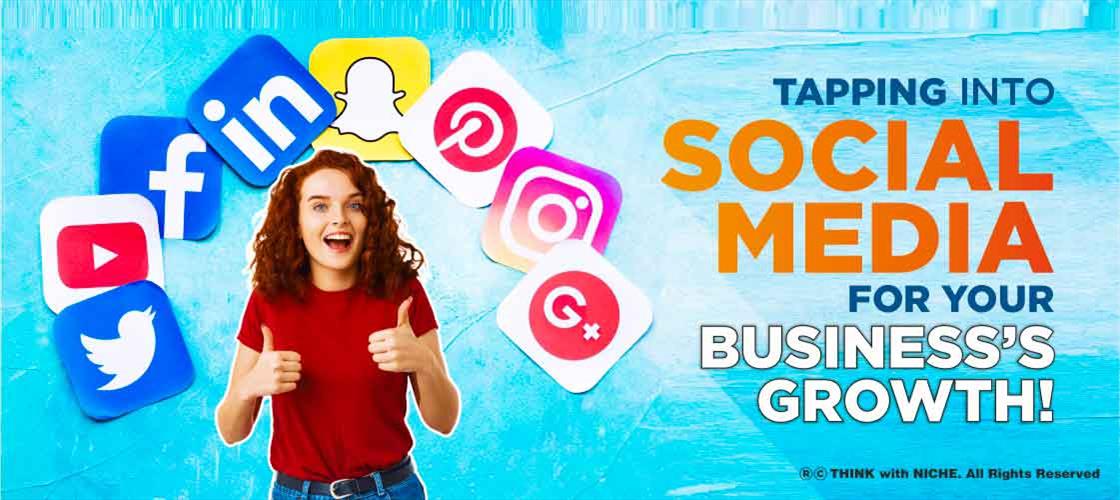What is Media Literacy, and Why is it Important?

Blog Post
Media literacy education is a method for improving media literacy skills. It aims to raise awareness of media influence and encourage people to take an active role in both consuming and producing media. In the United States and several European Union nations, media literacy education is part of the curriculum, and an interdisciplinary worldwide community of media researchers and educators shares knowledge through scholarly and professional journals as well as national membership organizations. #TWN
The capacity to read and write is commonly referred to as "literacy." There are a lot of similarities between reading literacy and media literacy. Letter recognition is the first step in learning to read. Readers will soon be able to recognize words and, more crucially, comprehend their meanings. Readers become authors as a result of their experiences with the book. Readers and writers gain proficiency in literacy as they gain experience. The capacity to recognize various types of media and decipher the messages they deliver is known as media literacy.
Kids consume a vast amount of information from a variety of sources, considerably beyond the traditional media of their parents' childhood (TV, radio, newspapers, and magazines). Text messages, memes, viral videos, social media, video games, advertising, and other forms of communication are all common. However, there is one element that all media has in common: it was made by someone. It was made for a specific purpose. Media literacy begins with an understanding of that rationale. Anyone can generate media now that we live in the digital age. We don't always know who made something, why they made it, or whether or not it's trustworthy. As a result, learning and teaching media literacy are challenging. Despite this, in the digital age, media literacy is a necessary ability.
It assists children in particular!
Learn to Think Critically
When children examine media, they consider if the messages are clear, why particular material was included, what was left out, and what the main points are. They learn to back up their claims with examples. They can then build their own opinions about the information based on what they already know.
Become a Smart Consumer
Kids can learn how to judge whether or not something is trustworthy through media literacy. It also aids individuals in determining advertising's "persuasive intent" and resisting product-selling strategies.
Recognize the Point of View
Every artist has a unique viewpoint. Identifying an author's point of view allows children to appreciate a variety of viewpoints. It also aids in contextualizing material with what they already know — or believe they know.
Create Media Responsibly
Effective communication requires you to recognize your point of view, express what you want to say in the way you want to say it, and comprehend that your communications have an impact.
Identify the Role of Media in our Culture
From celebrity gossip to magazine covers to memes, media is always communicating with us, influencing our perceptions of the world and even pushing us to act or think in specific ways.
Understand the Authors' Goal
What do you think the author wants you to get out of a piece of media? Is it only informative, is it attempting to persuade you to change your mind, or is it presenting you to novel concepts? Kids can make informed decisions when they understand the type of influence something has. To be media literate, you must ask precise questions and provide particular examples to back up your claims. Following the steps in media, literacy helps you to discover for yourself what a particular piece of media is, why it was created, and what you want to think about it. It's best to include media literacy into everyday activities than teaching it as a sit-down course.
Conclusion
You can talk about subjects with small children that they are familiar with but may not pay attention to. Commercials for cereal, food wrappers, and toy containers are just a few examples. You can converse with older children using media that they enjoy and interact with. YouTube videos, online memes, and video game advertisements are all examples of this.
If you liked reading this article, we have two more for you. Click on the link below to explore!
Tapping Into Social Media for your Business’s Growth
You May Like
EDITOR’S CHOICE














